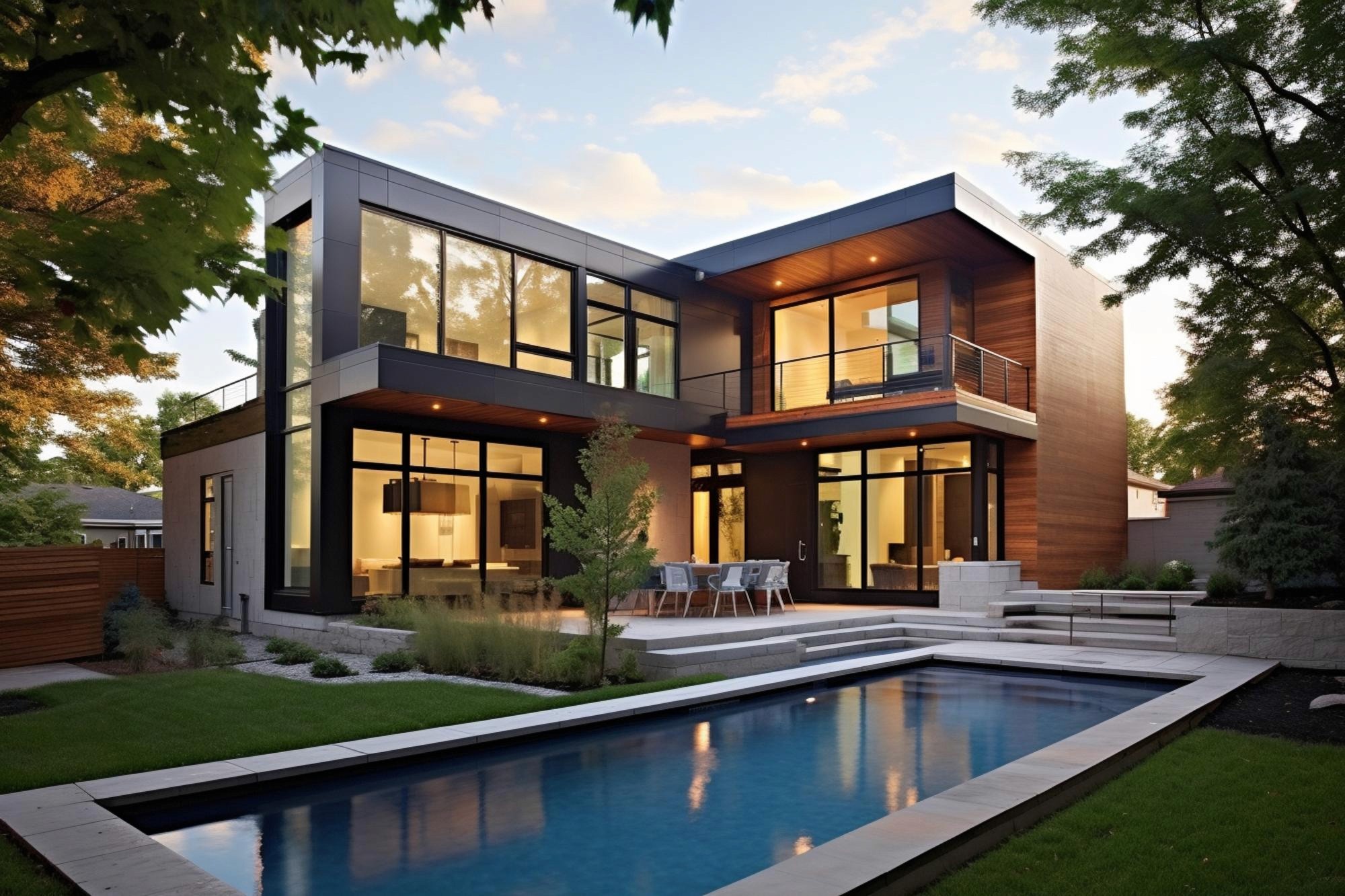Innovative Trends in Sustainable Architecture
May 6, 2024

Shaping the Future of Green Building
In an era where environmental consciousness is paramount, sustainable architecture is no longer a niche but a necessity. The architectural industry is witnessing a remarkable shift towards eco-friendly designs and practices, driven by the urgent need to reduce our carbon footprint and promote a healthier planet. Here, we delve into some of the most innovative trends in sustainable architecture that are shaping the future of green building.
One of the most visually striking trends in sustainable architecture is the integration of green roofs and living walls. These vegetative layers not only enhance the aesthetic appeal of buildings but also offer significant environmental benefits. Green roofs provide natural insulation, reducing the need for heating and cooling systems, while living walls improve air quality by absorbing pollutants and producing oxygen.
Energy-Efficient Building Designs
Energy efficiency is at the core of sustainable architecture. Architects are increasingly adopting passive design strategies that maximize natural light and ventilation, minimizing the need for artificial lighting and air conditioning. Innovations such as triple-glazed windows, reflective roofing materials, and advanced insulation techniques are becoming standard practice. allowing homeowners to monitor and reduce their energy consumption effectively.
The Pyramids of Giza: Timeless Testaments
The Pyramids of Giza, particularly the Great Pyramid, are perhaps the most iconic symbols of ancient Egypt. Built as tombs for the pharaohs around 2580-2560 BC, these monumental structures demonstrate extraordinary engineering skills. The Great Pyramid, originally standing at 146.6 meters, was the tallest man-made structure for over 3,800 years. The precision with which these pyramids were constructed, aligning with cardinal points and celestial bodies, reflects the Egyptians' advanced understanding of mathematics and astronomy.
Conclusion
These legendary landmarks are not just architectural feats; they are stories etched in stone, metal, and earth. They offer glimpses into the civilizations that built them, revealing their values, beliefs, and achievements. By exploring these captivating tales, we connect with our shared human heritage and gain a deeper appreciation for the wonders of our world. Each visit to these landmarks is a journey through time, inviting us to marvel at the ingenuity and resilience of those who came before us.

